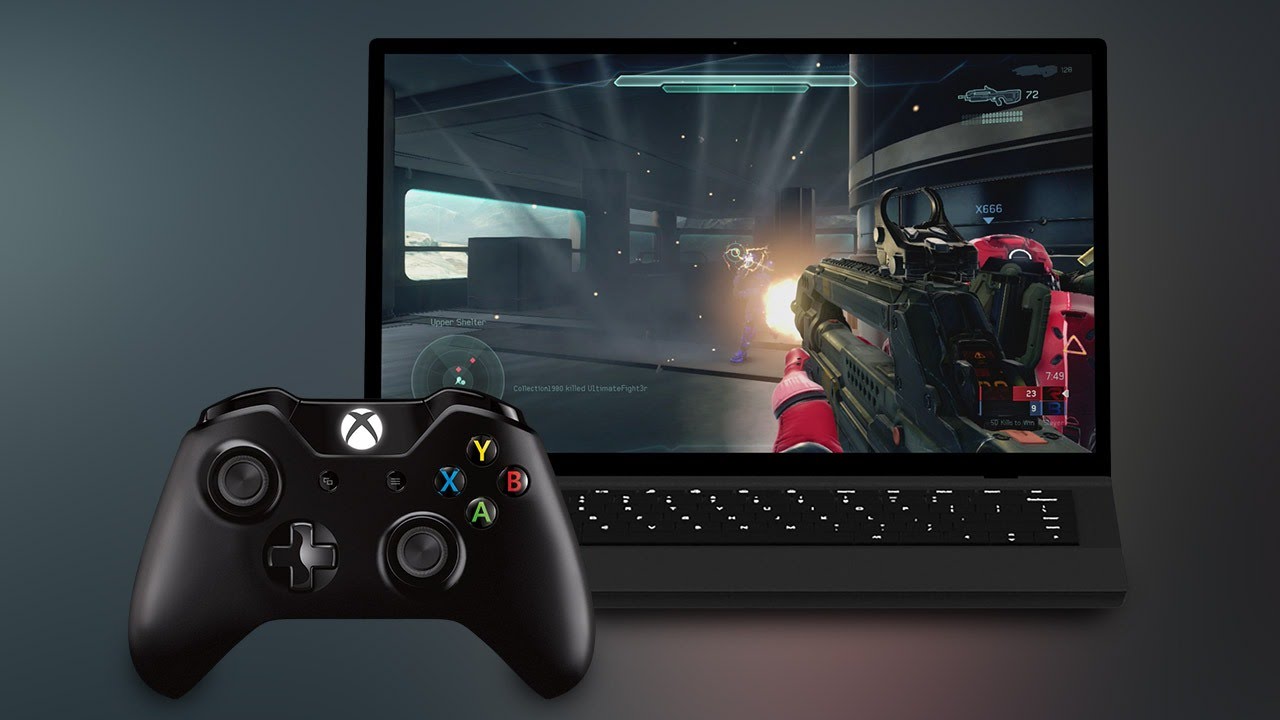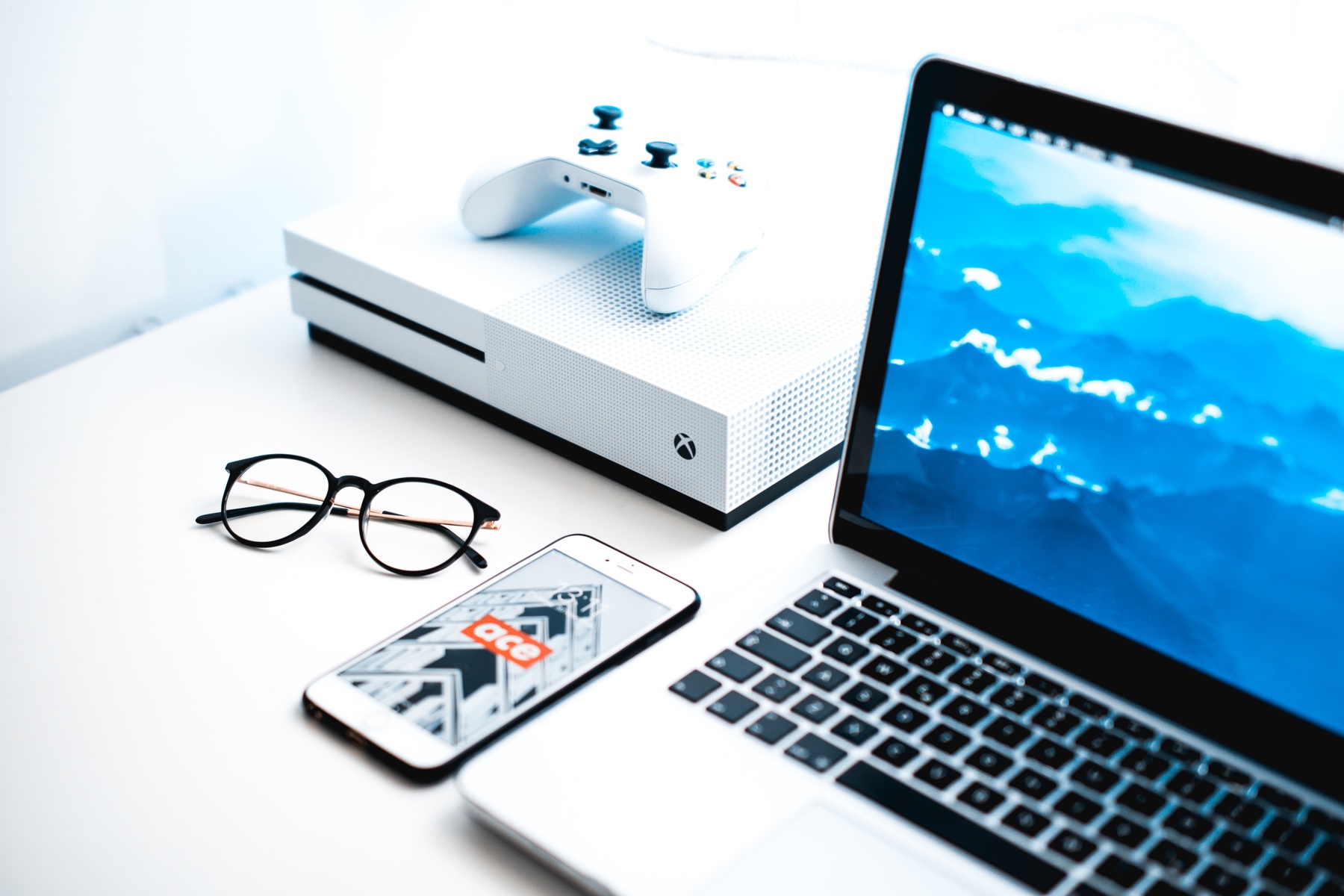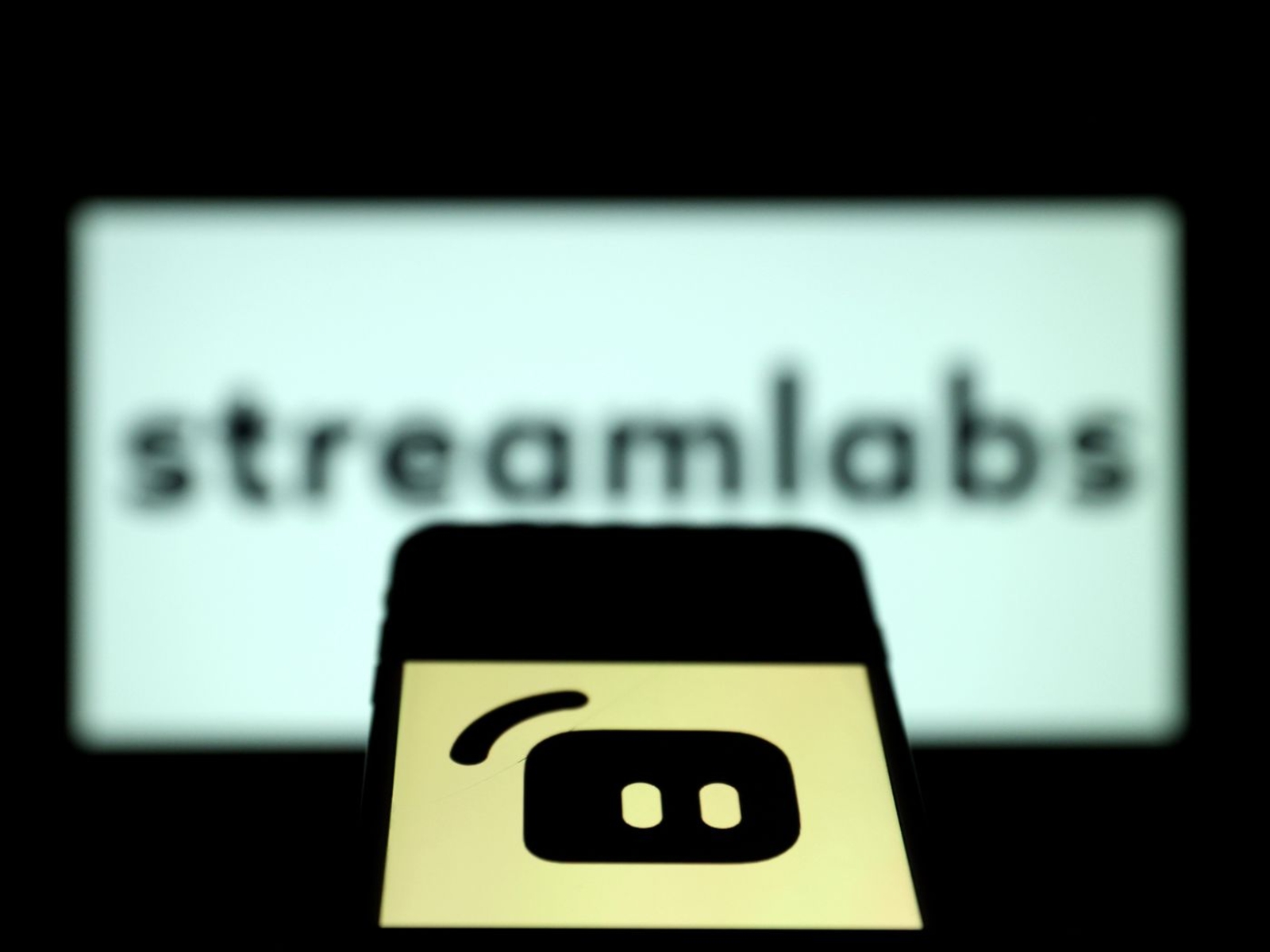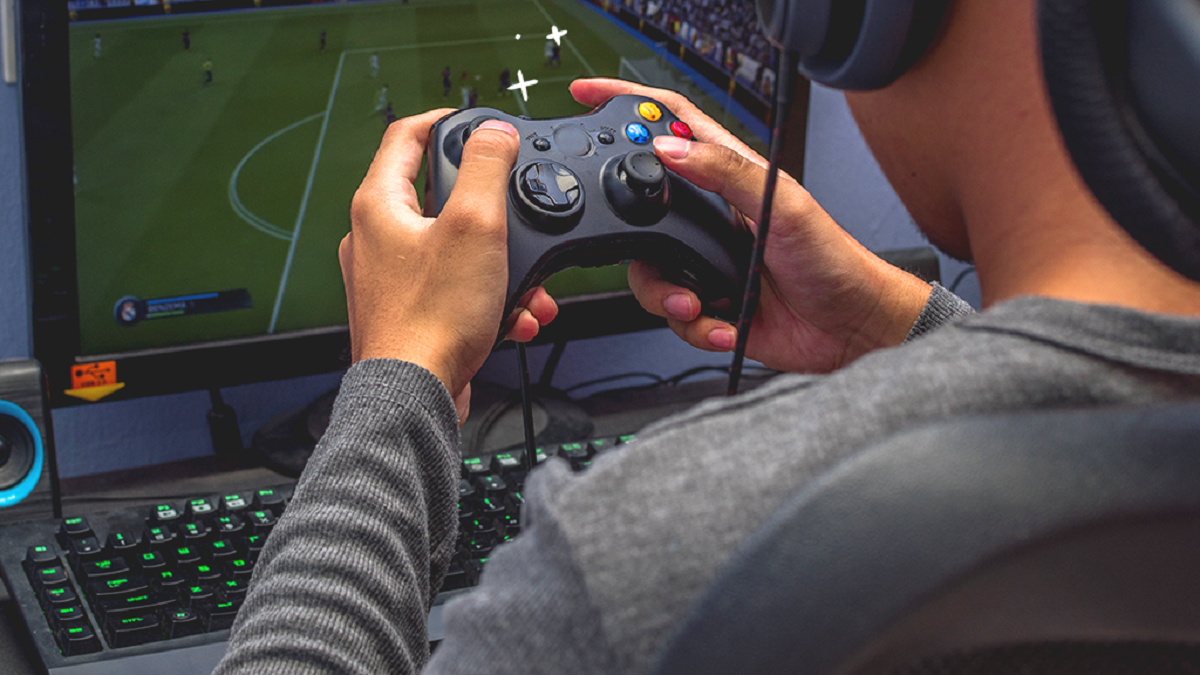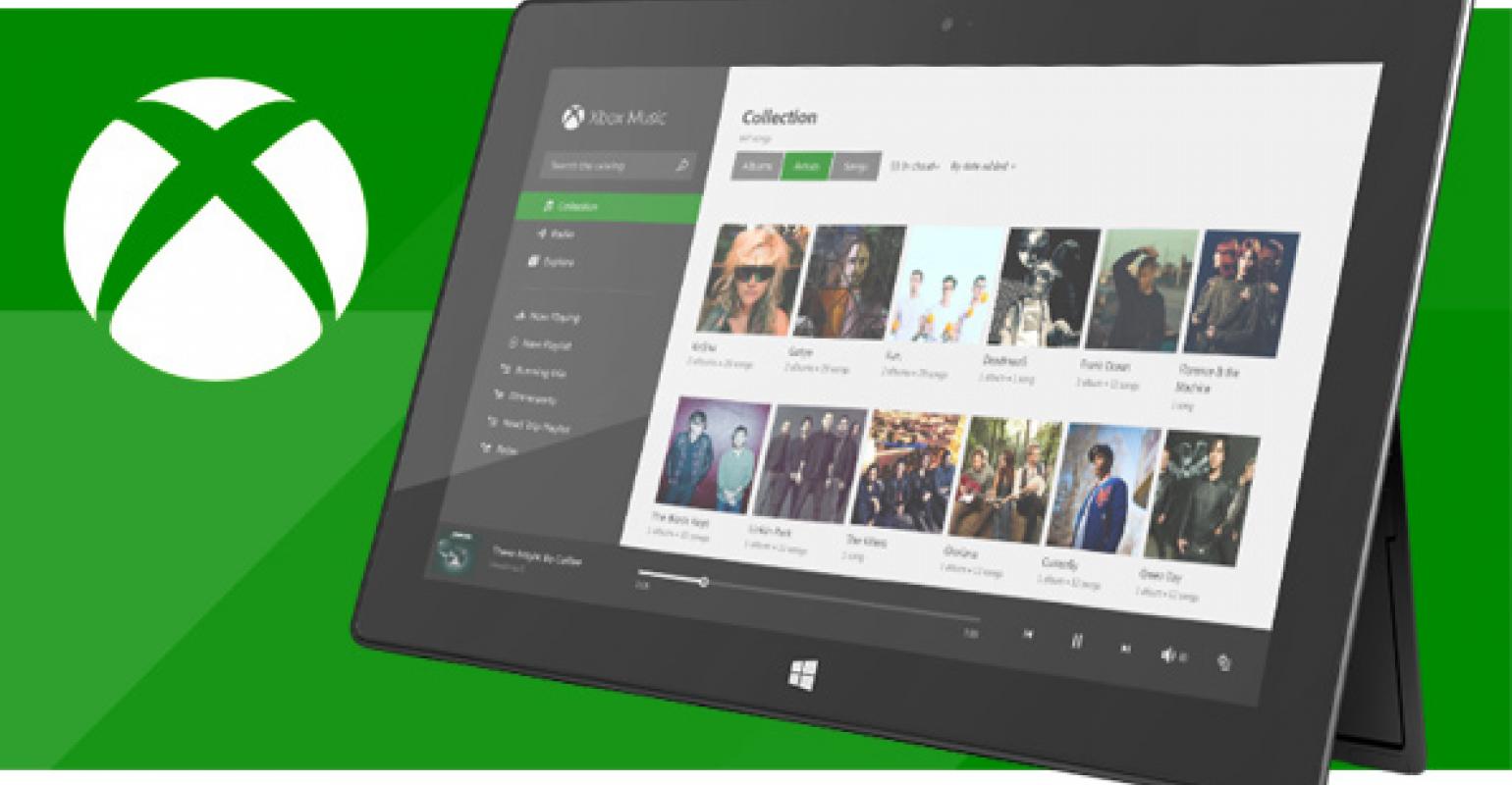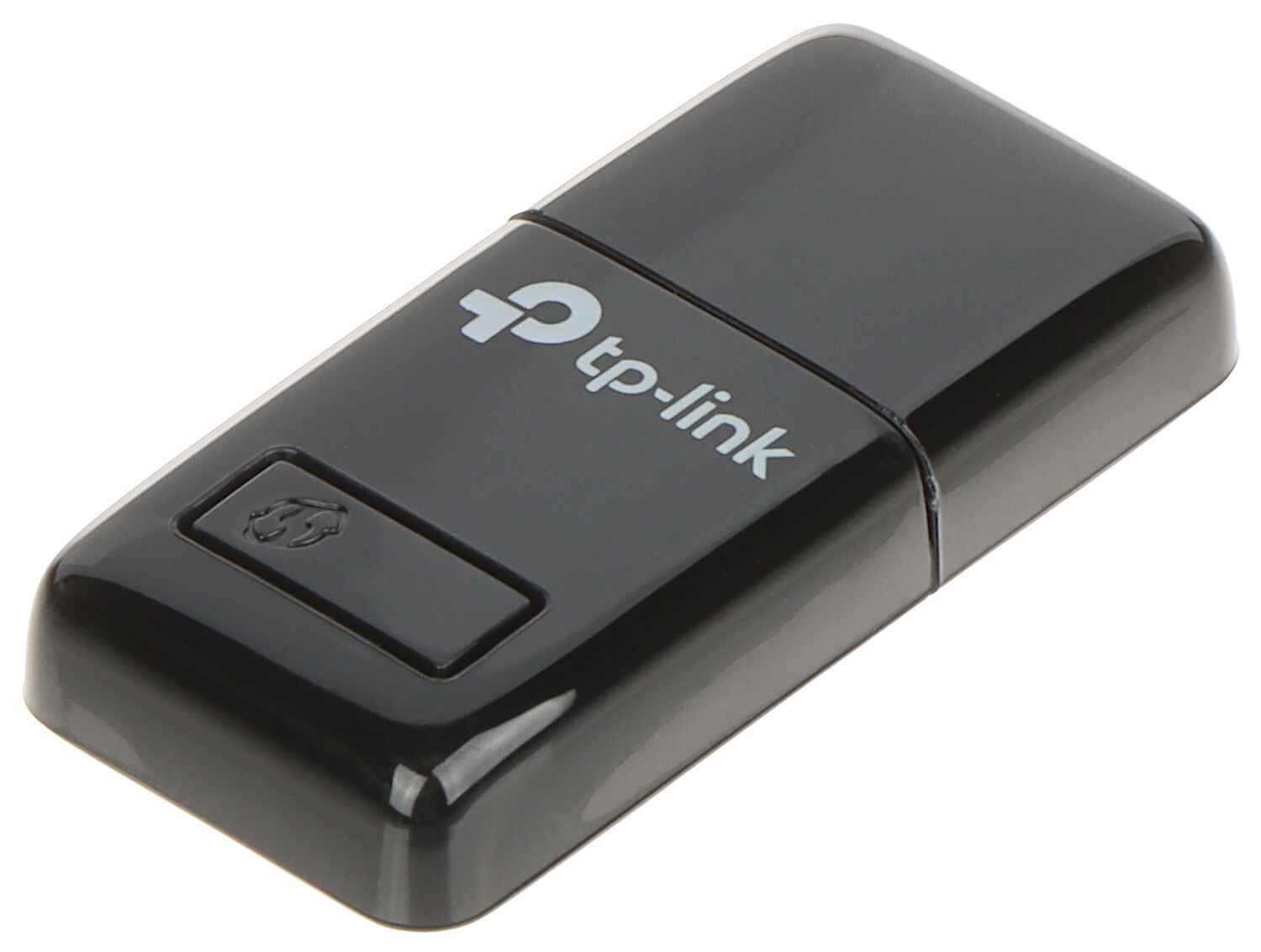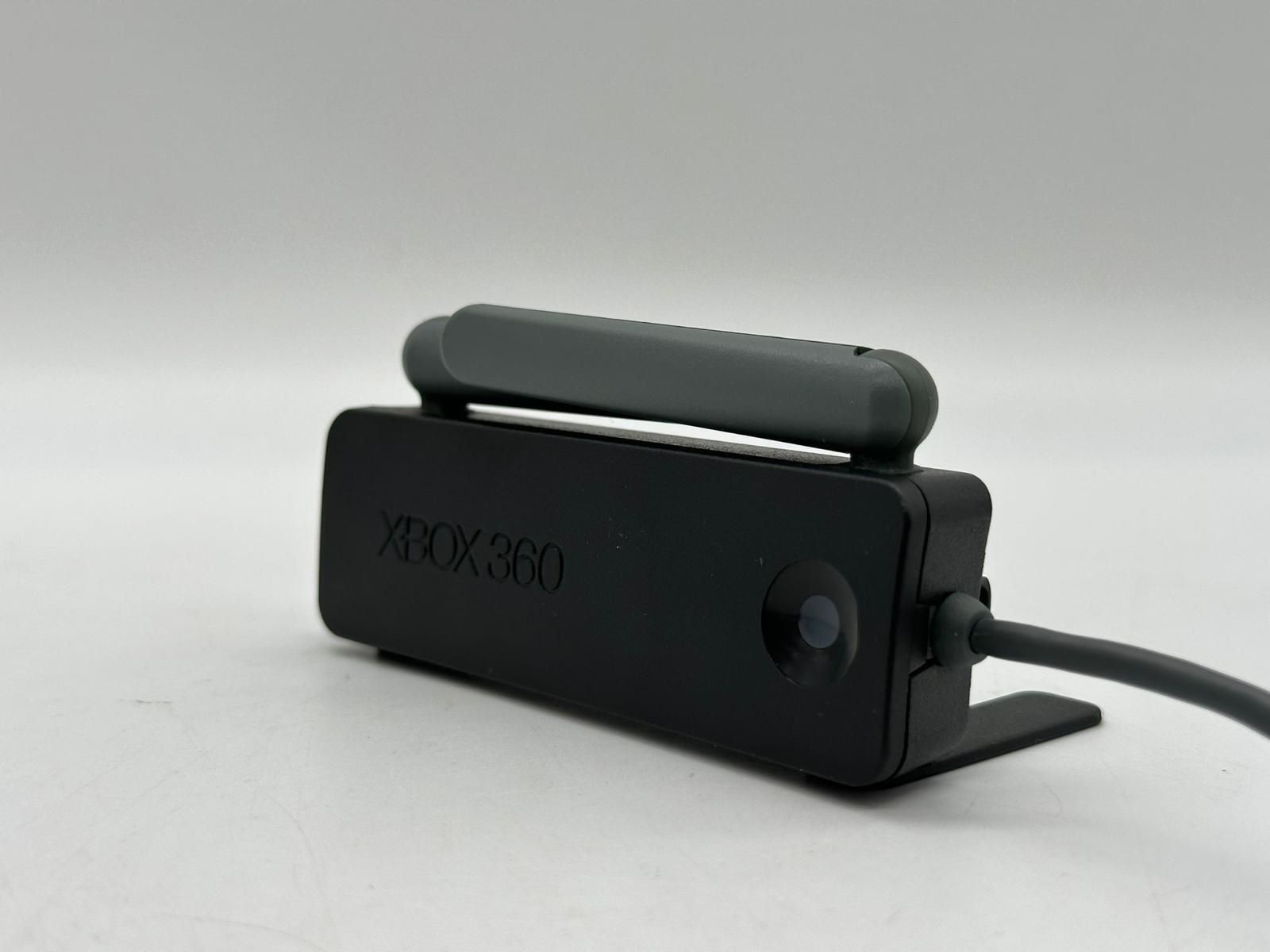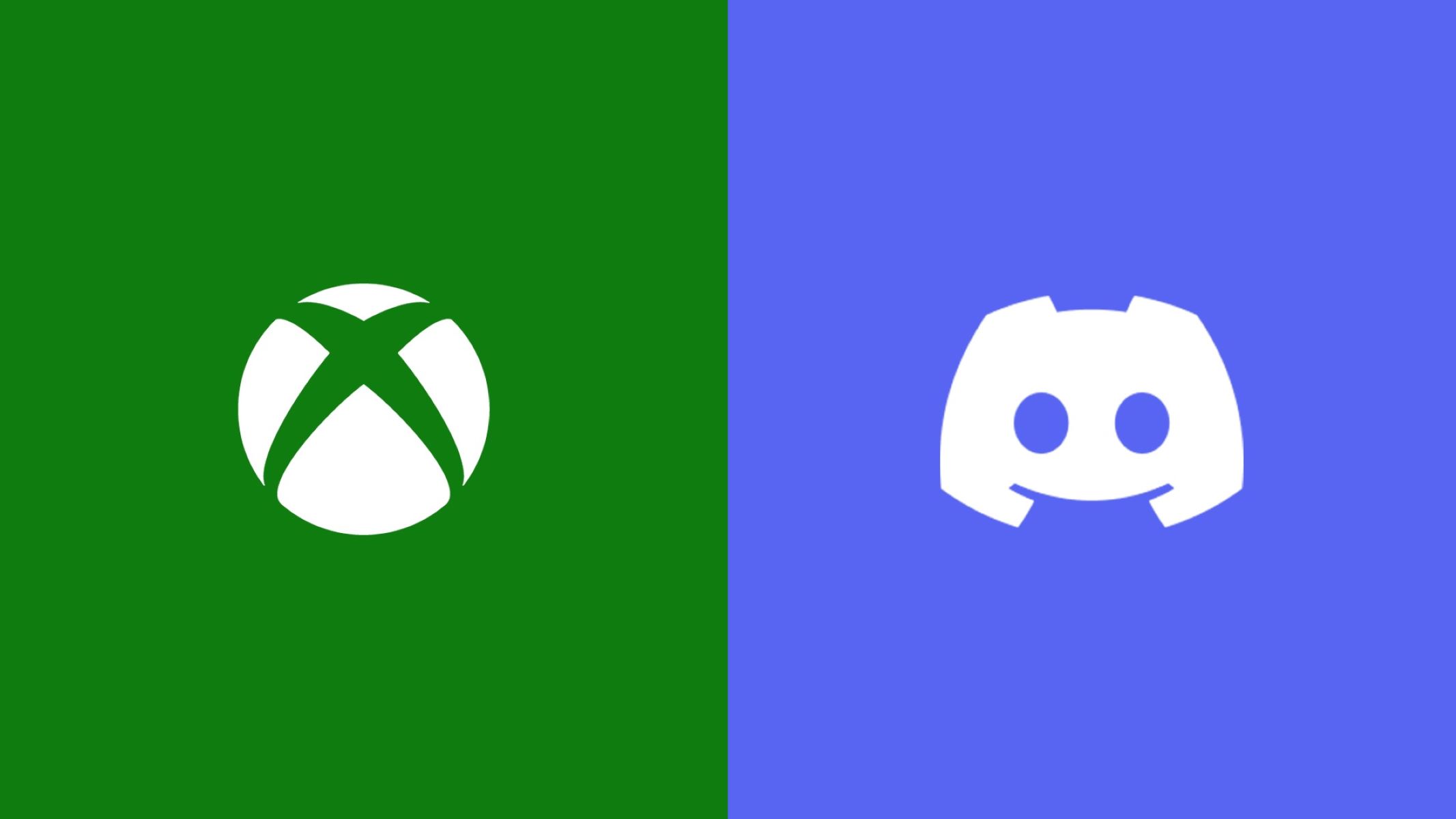Introduction
Streaming Xbox One games to a PC opens up a whole new level of gaming flexibility and convenience. Whether you want to enjoy your favorite Xbox games on a larger screen, take advantage of the PC’s enhanced graphics capabilities, or simply play games in a different room away from the TV, streaming is the perfect solution.
With the right setup, you can seamlessly stream Xbox One games to your PC and experience the thrill of console gaming without being tied to the TV. This allows you to enjoy your favorite games at your own pace, whether you’re in the comfort of your bedroom, at a friend’s house, or even on the go.
In this guide, we will walk you through the steps to stream Xbox One games to your PC. We’ll cover everything from preparing your Xbox One for streaming to setting up your PC and troubleshooting common issues. By the end of this guide, you’ll be able to unlock the full potential of your Xbox One and enjoy gaming on your terms.
So, grab your controller and let’s dive into the world of streaming Xbox One games to your PC!
Preparing the Xbox One for Streaming
Before you can start streaming Xbox One games to your PC, there are a few steps you need to take to ensure everything is set up correctly. Here’s what you need to do:
- First, make sure your Xbox One is connected to your home network. You can do this by connecting it to your Wi-Fi network or using an Ethernet cable.
- Next, ensure that your Xbox One is running the latest system software. To check for updates, go to the Settings menu, select System, and then choose Updates. If there are any updates available, download and install them.
- Enable streaming on your Xbox One by going to the Settings menu, selecting Preferences, and then choosing Xbox app connectivity. Make sure the “Allow game streaming to other devices” option is enabled.
- For optimal streaming performance, it’s recommended to connect your Xbox One to your router via Ethernet rather than relying on a wireless connection. This helps to reduce latency and ensures a more stable connection during gameplay.
- Finally, adjust the power settings on your Xbox One to prevent it from automatically turning off during a streaming session. You can do this by going to the Settings menu, selecting Power & startup, and then choosing Power mode & startup. Select “Instant-on” as the power mode and make sure the console is set to stay on when connected to a power source.
By following these steps, you’ll have your Xbox One ready for streaming to your PC. All that’s left to do now is set up your PC so that it can receive the stream from your Xbox One.
Setting up the PC for Xbox One Streaming
Now that your Xbox One is prepared for streaming, it’s time to set up your PC to receive the game stream. Follow these steps to get started:
- Ensure that your PC meets the minimum system requirements for streaming Xbox One games. These requirements include Windows 10, a 2.4 GHz dual-core processor, at least 4 GB of RAM, and a DirectX 9-compatible video card.
- Launch the Xbox app on your PC. If you don’t have it installed, you can download it for free from the Microsoft Store.
- Sign in to the Xbox app using the same Microsoft account that you use on your Xbox One console.
- Connect your Xbox One controller to your PC using a USB cable or the Xbox Wireless Adapter for Windows. This allows you to control the game stream using your Xbox controller.
- In the Xbox app, go to the Connection tab and select “Add a device.” Follow the on-screen instructions to connect your Xbox One console to your PC. Once connected, your Xbox One will appear in the list of available devices.
- Ensure that your PC is connected to the same network as your Xbox One. This is vital for smooth streaming and minimal latency.
- Now, you’re all set! You can start streaming Xbox One games to your PC by selecting your Xbox One console from the list of available devices in the Xbox app. You’ll be able to see and control your Xbox One’s interface on your PC, just as if you were sitting in front of the console.
Remember, the quality of your streaming experience may vary depending on factors such as your network connection, PC performance, and distance between your Xbox One and PC. It’s always a good idea to ensure a stable and fast network connection for the best streaming experience.
Connecting the Xbox One to the PC
Once you have prepared both your Xbox One and PC for streaming, it’s time to establish the connection between the two devices. Follow these steps to connect your Xbox One to your PC:
- Ensure that both your Xbox One console and your PC are powered on and connected to the same network.
- Launch the Xbox app on your PC.
- In the Xbox app, select the “Connection” tab.
- You should see your Xbox One console listed under “Connect to your Xbox One.” Click on it to initiate the connection.
- If this is your first time connecting, the app will prompt you to enter the IP address of your Xbox One. To find the IP address, go to the settings on your Xbox One console, select Network, and then choose Advanced Settings. Note down the IP address and enter it into the Xbox app.
- Once the connection is established, you’ll be able to see your Xbox One’s interface on your PC screen. You can navigate through the Xbox One dashboard and launch games or apps.
- For controlling the games, ensure that your Xbox One controller is connected to your PC. If it’s connected via USB, it should automatically work. If you’re using the Xbox Wireless Adapter for Windows, make sure it’s properly connected and paired with your controller.
That’s it! Your Xbox One is now connected to your PC, and you can start enjoying your favorite games on a larger screen with the convenience of PC gaming.
Keep in mind that during the streaming session, the controller input from your PC will be sent to your Xbox console, allowing you to control the games remotely. This means that you can comfortably play your Xbox games using your PC, even if you’re in a different room or away from the TV.
Adjusting Streaming Settings
After connecting your Xbox One to your PC and starting the game streaming, you may want to customize and fine-tune the streaming settings for the best experience. Here are a few settings you can adjust:
- Video Quality: Depending on your network and PC capabilities, you can select the appropriate video quality for streaming. The options usually include low, medium, and high. If you’re experiencing lag or latency issues, reducing the video quality can help improve the streaming performance.
- Display Mode: By default, the Xbox app will display the game stream in full-screen mode. However, you can switch to windowed mode if you prefer to have the game stream in a smaller window while multitasking on your PC.
- Audio Settings: The Xbox app allows you to choose where the game audio is played. You can select to have it played through your PC speakers, the Xbox One speakers, or both. Adjust this setting based on your preference and the setup of your audio devices.
- Streaming Quality: The streaming quality determines the bitrate at which the game stream is transmitted from the Xbox One to your PC. Higher quality settings will result in a more detailed and crisp stream, but they may require a faster and stable network connection.
- Controller Settings: The Xbox app provides options for customizing the button mapping and sensitivity of your Xbox controller when streaming games to your PC. Explore these settings to optimize your gameplay experience.
Remember, the optimal settings may vary depending on your specific setup and network conditions. Experiment with different configurations to find the balance between performance and visual quality that suits your preferences.
Adjusting these streaming settings allows you to personalize the streaming experience and ensure that it aligns with your gaming preferences and hardware capabilities.
Troubleshooting Common Issues
While streaming Xbox One games to your PC is usually a seamless experience, you may encounter some common issues along the way. Here are a few troubleshooting tips to help you resolve these issues:
- Network Connectivity: Ensure that both your Xbox One console and your PC are connected to the same network. If you’re experiencing connectivity issues, try restarting your router or connecting your devices using an Ethernet cable for a more stable connection.
- Performance Lag: If you notice lag or a delay in the game streaming, it could be due to network congestion or limited PC resources. Try closing any unnecessary applications on your PC and ensure that no other devices on your network are hogging the bandwidth.
- Controller Connection: If your Xbox controller is not working or disconnecting during the streaming session, check the connection between your controller and PC. Ensure that it’s properly connected via USB or that the Xbox Wireless Adapter for Windows is properly paired.
- Firewall and Antivirus Settings: In some cases, firewall or antivirus settings on your PC may interfere with the Xbox app’s connectivity or streaming performance. Check your firewall and antivirus software settings and make sure that the Xbox app is allowed through and not blocked.
- Updated Software: Make sure that both your Xbox One console and your PC have the latest system updates installed. Outdated software can sometimes cause compatibility issues and hinder the streaming experience.
- Restarting Devices: If all else fails, try restarting both your Xbox One console and your PC. Sometimes, a simple reboot can resolve any temporary glitches or issues that may be affecting the streaming functionality.
If you’ve tried these troubleshooting tips and are still experiencing issues, you may want to reach out to Microsoft Support for further assistance. They can provide more specific guidance based on your particular situation and help you resolve any persistent issues.
Remember, every setup is unique, and the specific troubleshooting steps may vary depending on your hardware, software, and network configuration. Stay patient, and with a little perseverance, you’ll be enjoying smooth Xbox One game streaming to your PC in no time!
Conclusion
Streaming Xbox One games to your PC opens up a world of possibilities for gaming flexibility and convenience. By following the steps outlined in this guide, you can easily set up your Xbox One and PC for streaming, connect the two devices, adjust streaming settings to your preference, and troubleshoot common issues that may arise.
By streaming Xbox One games to your PC, you can enjoy your favorite games on a larger screen, take advantage of the PC’s enhanced graphics capabilities, and play games in a different room away from the TV. Whether you’re in the comfort of your bedroom, at a friend’s house, or even on the go, streaming allows you to enjoy console gaming at your own pace and convenience.
Remember to ensure that both your Xbox One and PC are connected to the same network, keep your devices updated with the latest software, and maintain a stable network connection for the best streaming experience. Don’t be afraid to experiment with different streaming settings to find the balance that suits your preferences and hardware capabilities.
While troubleshooting issues may arise, following the troubleshooting tips provided and reaching out to Microsoft Support if needed will help you overcome any obstacles that may come your way.
So, grab your controller and start streaming! Dive into the world of gaming freedom and enjoy the flexibility of streaming Xbox One games to your PC. With this guide as your companion, you’re well-equipped to unlock the full potential of your Xbox One and embark on exciting gaming adventures from the comfort of your PC.







